Helsinki Design Week celebrates design in September 2020
One of the largest design festival in the Nordic countries with children and families
The 16th annual Helsinki Design Week is held from now until 13 September 2020. The festival events will again spread throughout the city: from museums to markets, from seminar halls to secret shops, from studios to showrooms and from offline to online events and encounters.
Helsinki Design Week is a series of responsibly organized events of varying sizes. It is not a festival at one single venue holding thousands of visitors. With regards to possible restrictions on venues or visitors due to the international health crisis, the festival has the means and opportunity to multiply into smaller events or use new digital methods of exhibiting content.
Helsinki Design Week’s statement for 2020 is Commitment Matters – a theme that raises questions regarding the meaning and value of designing. The phrase is a stimulus for thought, and the theme is meant to be used as a tool for everyone taking part in the festival: the event organizers, the exhibitors, the seminar speakers and the visitors. The leading partner of the festival, the City of Helsinki, is supporting the safe and responsible organization of the festival.
The festival visuals celebrate the legendary Helsinki Olympic Stadium, combining its functionalistic architecture with vivid and energetic colours from the athletic world. Historic photos from the 1940s will highlight the design and history of the restored monument.
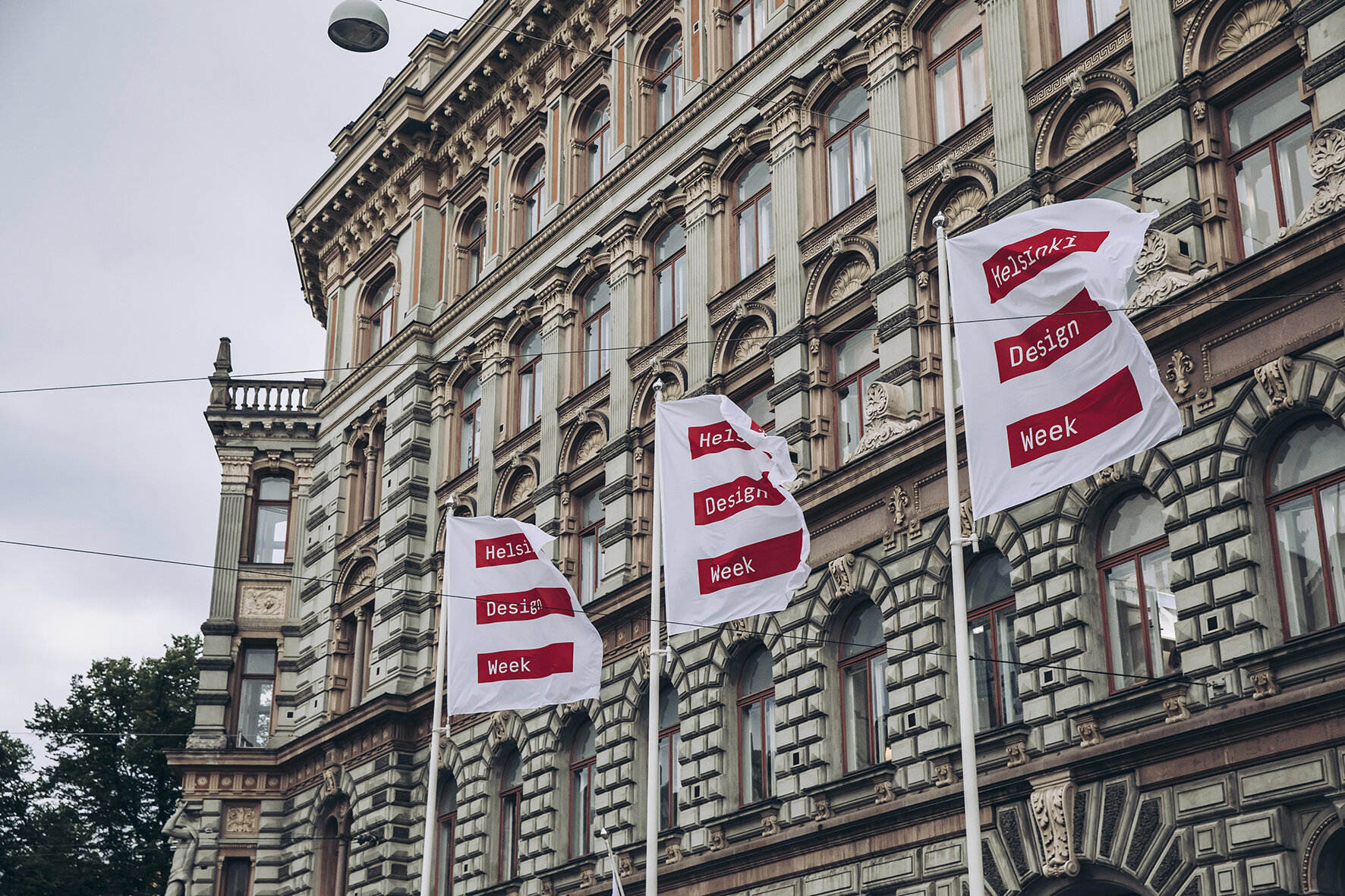
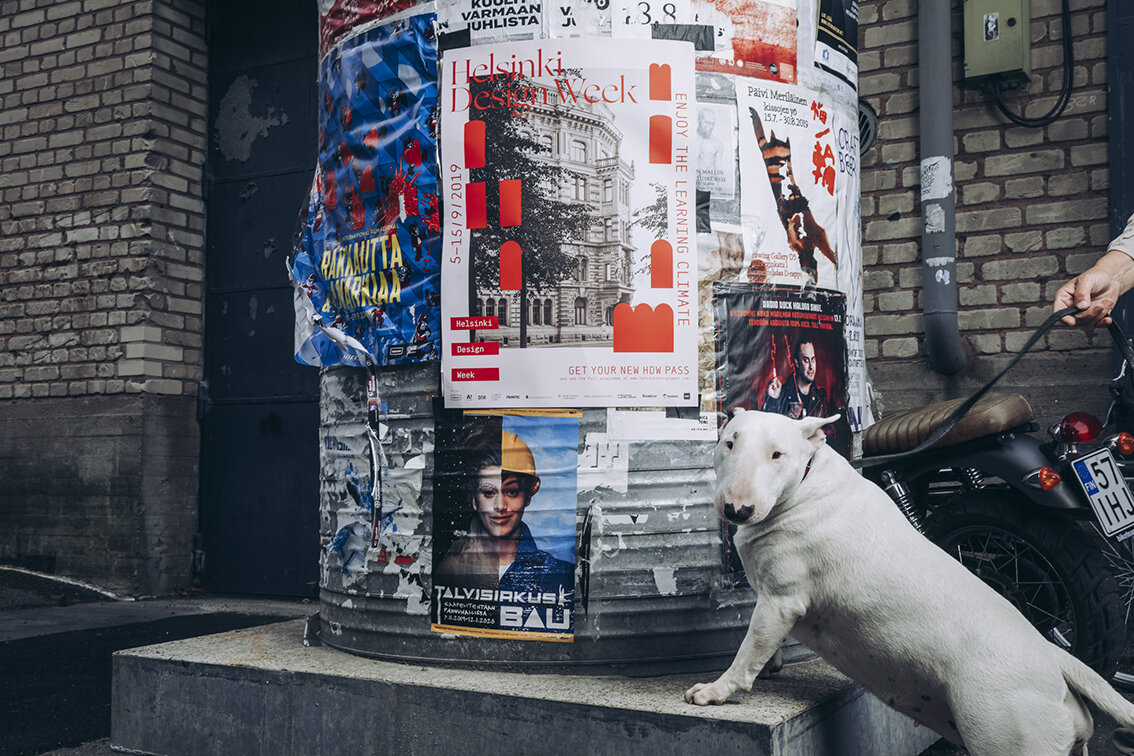
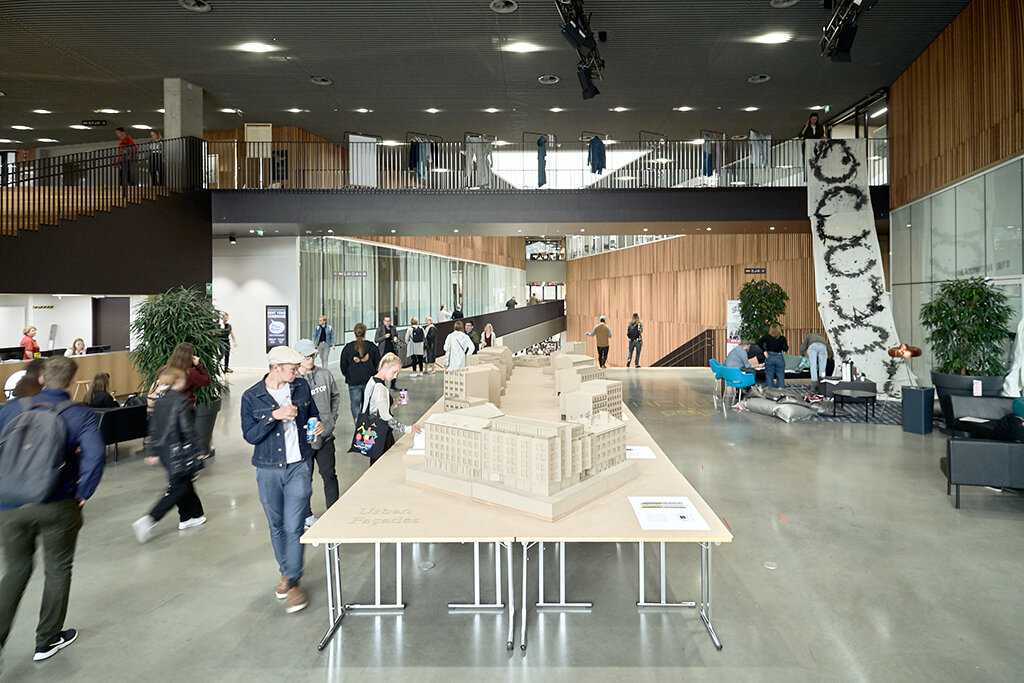
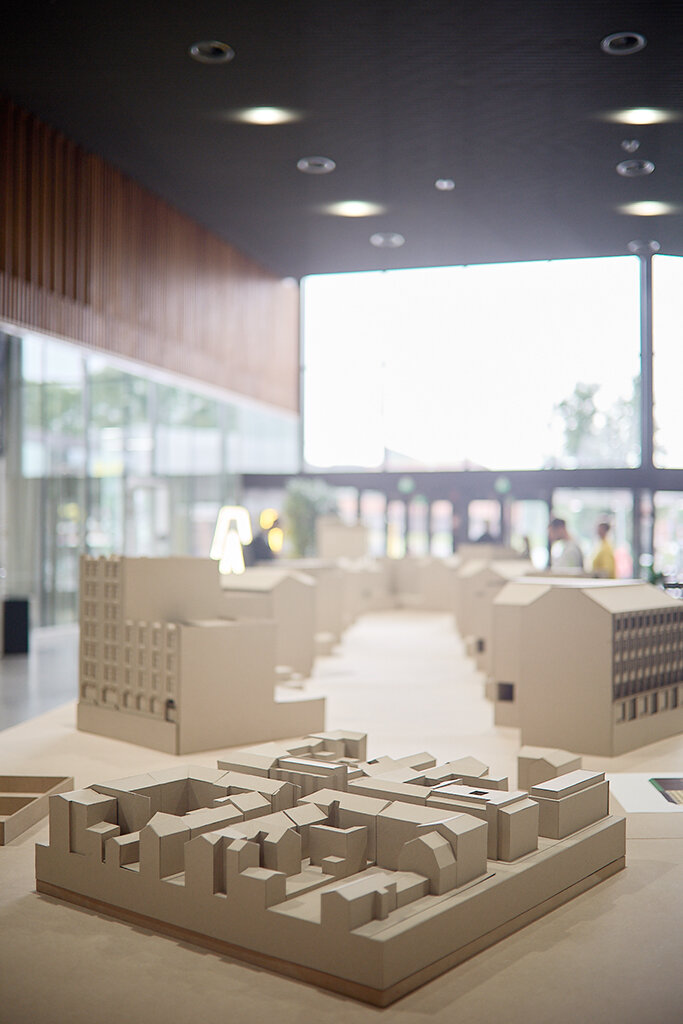
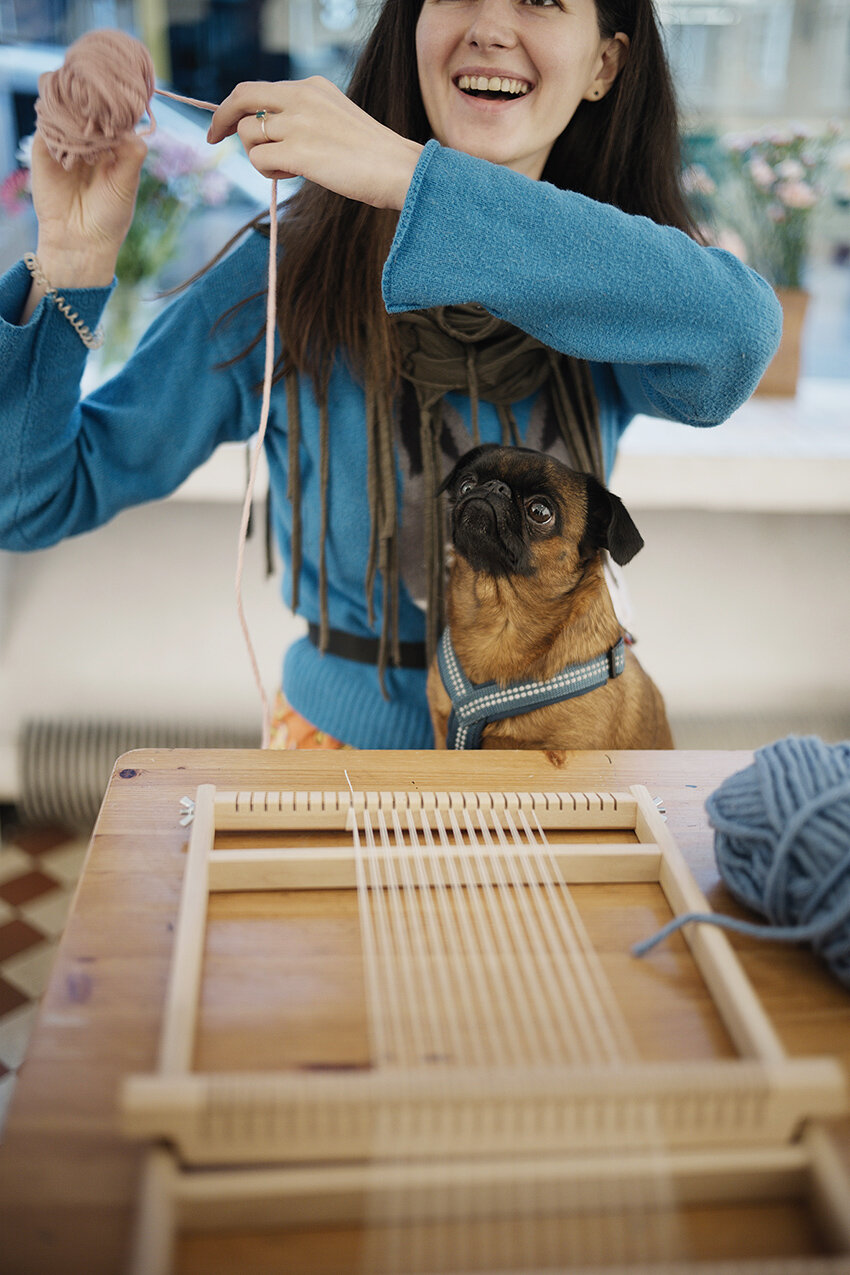

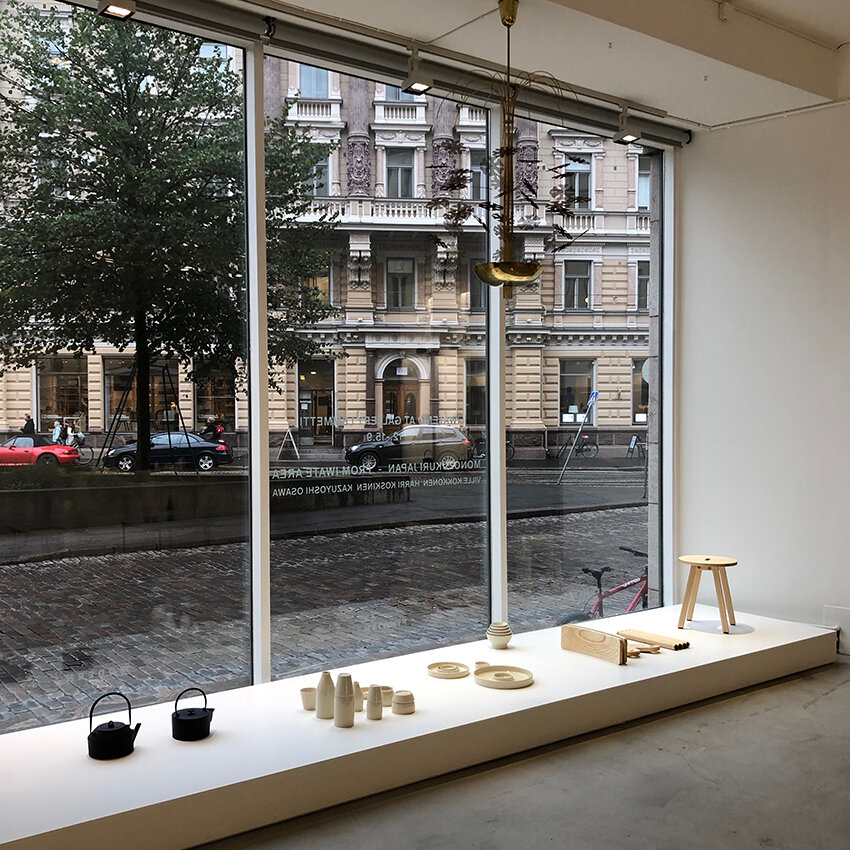
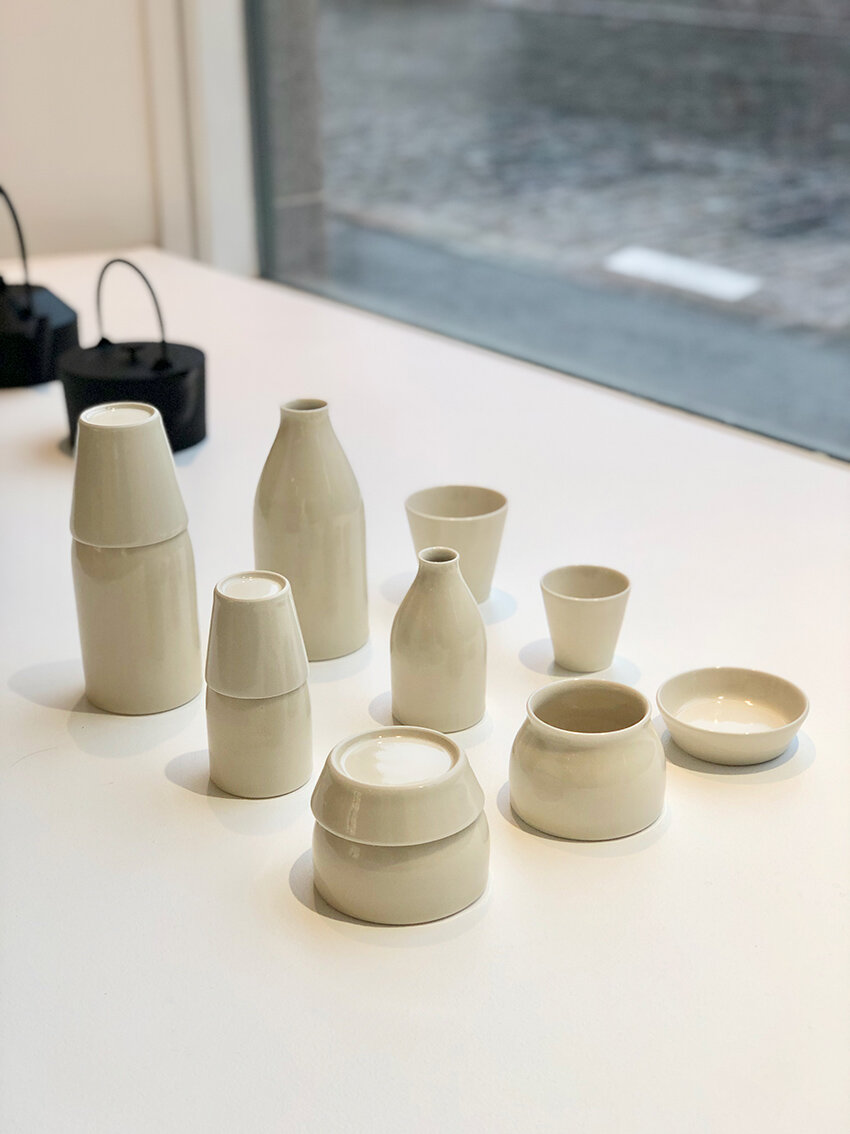

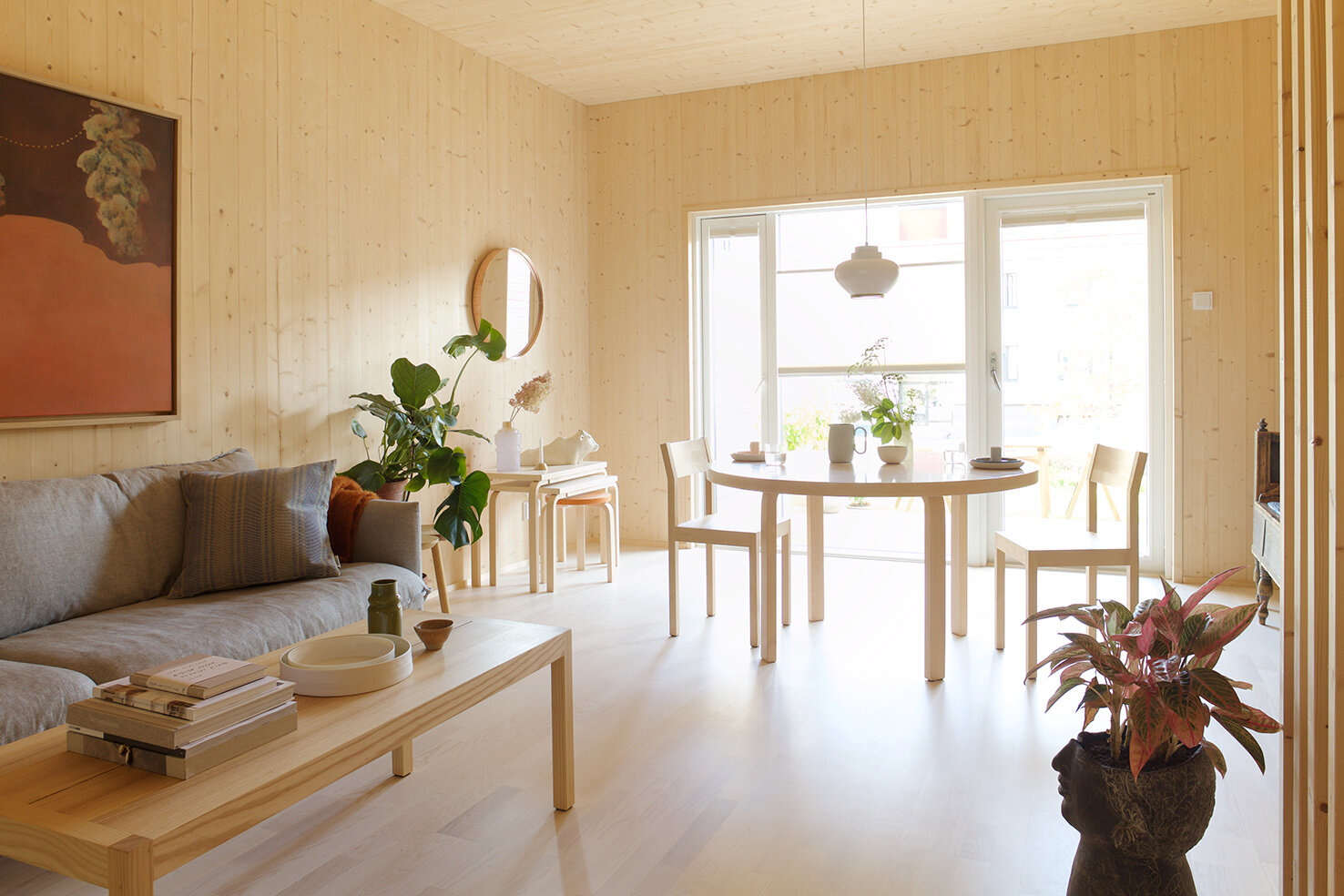
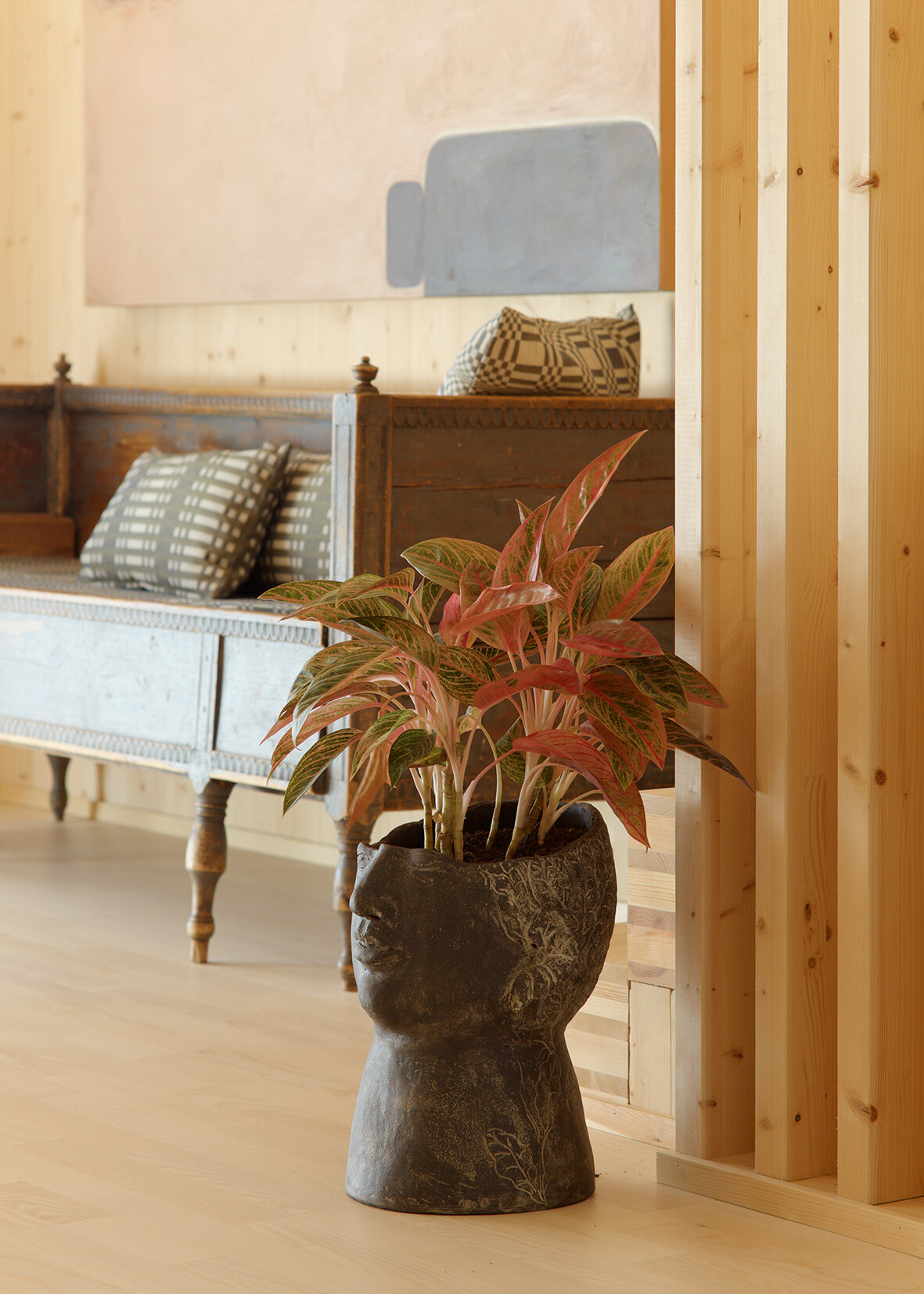
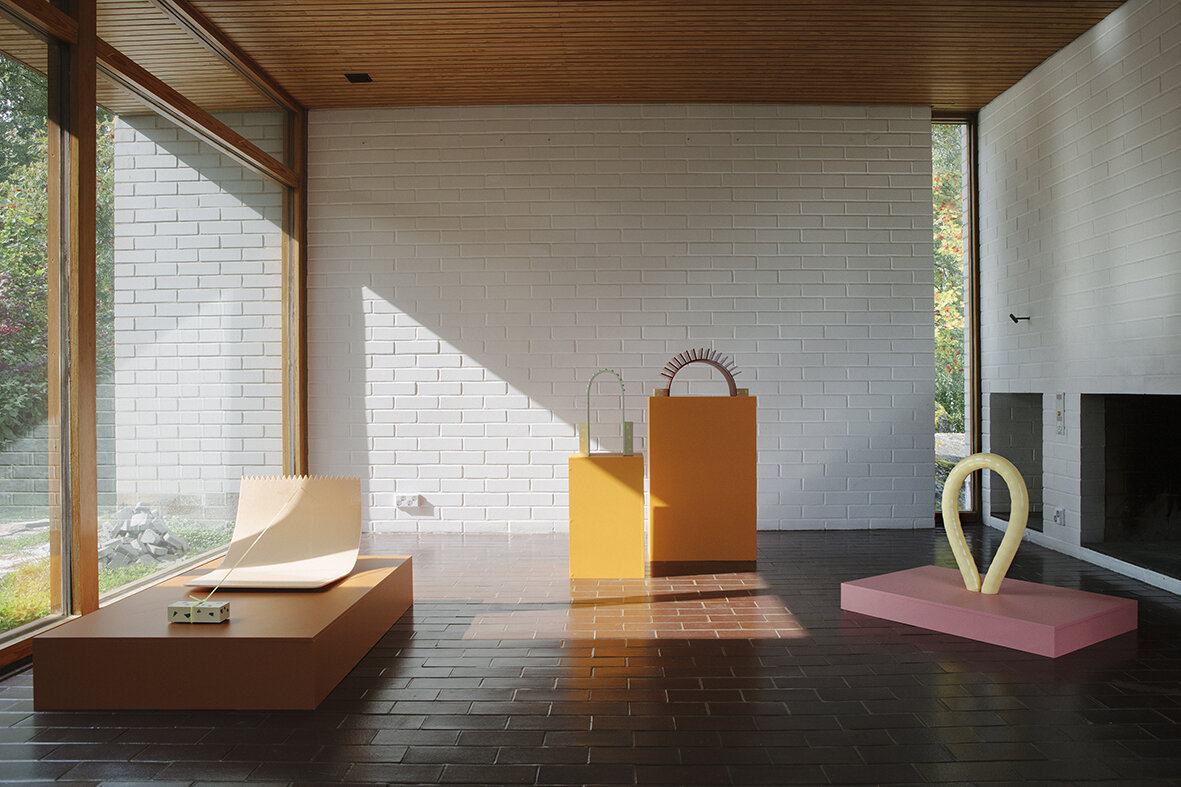
The main venue: the Olympic Stadium
The main venue of Helsinki Design Week will be the Olympic Stadium. With its large and airy spaces, it is a perfect spot for safe encounters. The stadium is open on 11–13 September for guided tours and for Children’s Design Weekend.
The Stadium is also home to the main exhibition, a series of installations on design, architecture and fashion, presenting interesting design from unique pieces to large scale setups. A review of top young designers is not to be missed. The Olympic Stadium will also host an event that may well become the biggest PechaKucha Night ever held. The evening of September 12 is reserved for 10 presentations, each less than 7 minutes long. The idea of PechaKucha, Japanese for “chit chat”, is simple: 20 slides and 20 seconds of commentary on a theme chosen by the presenter.
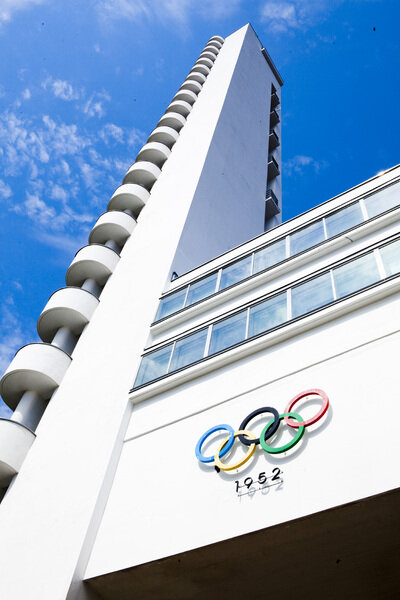
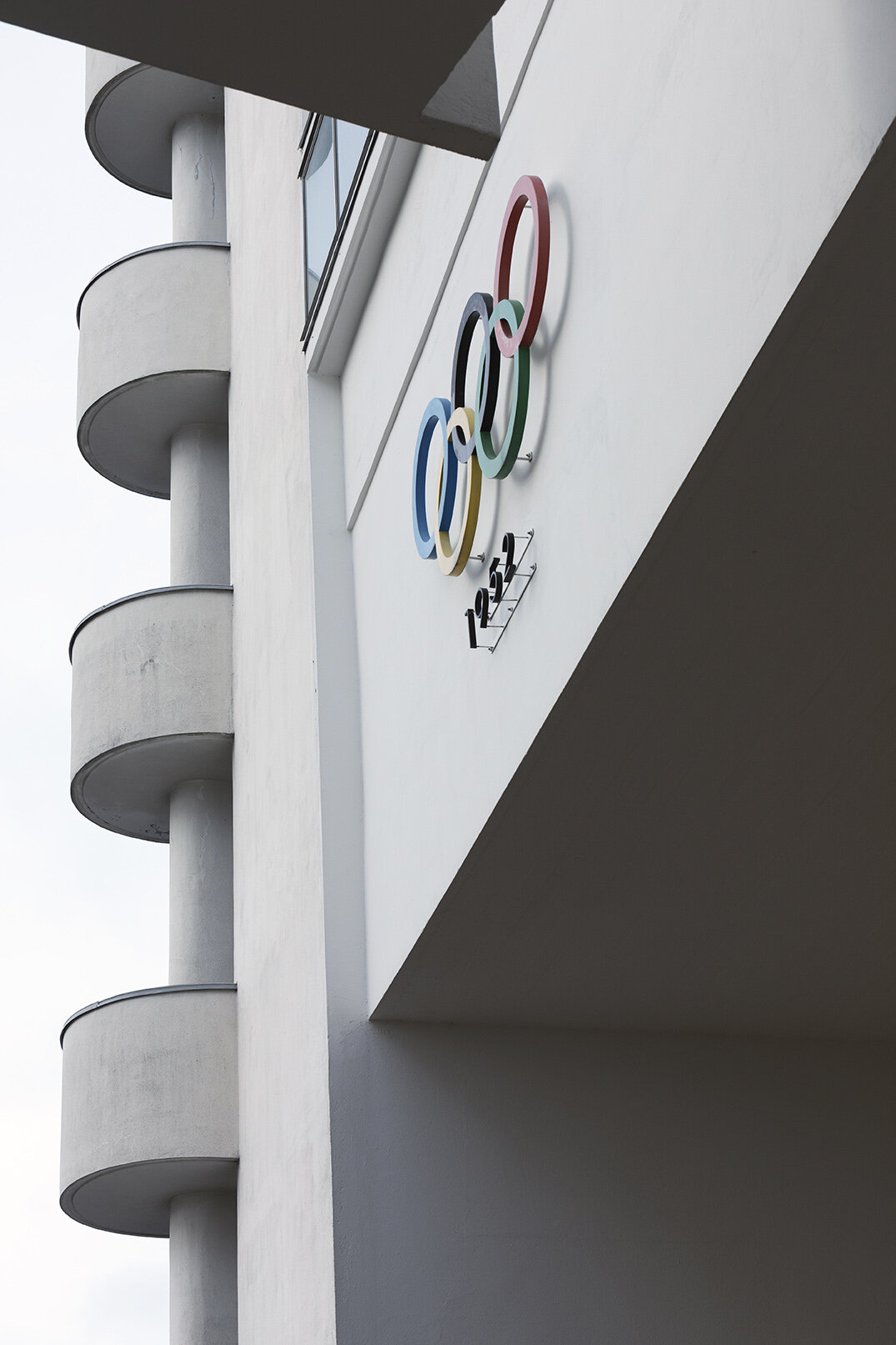
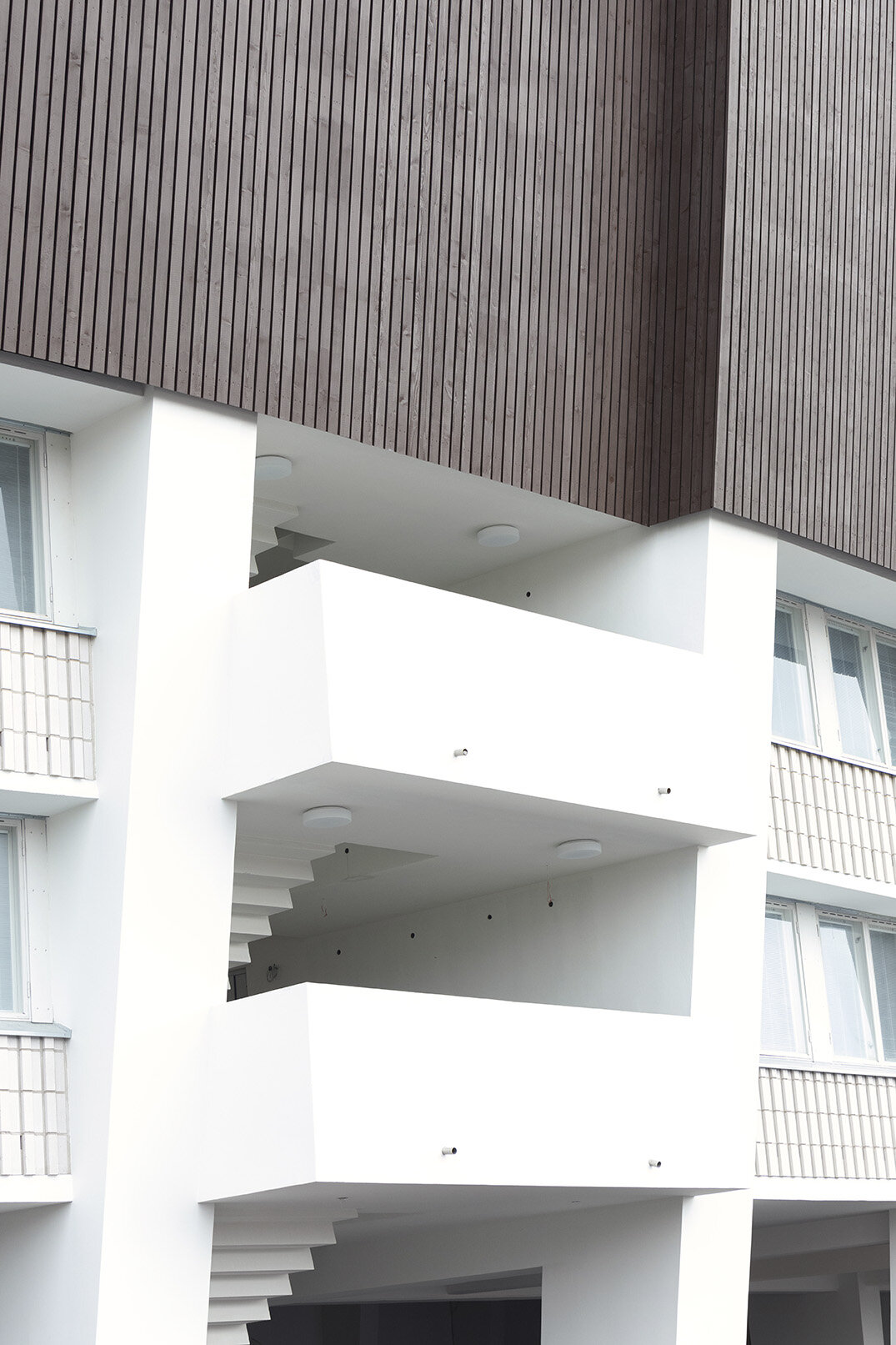
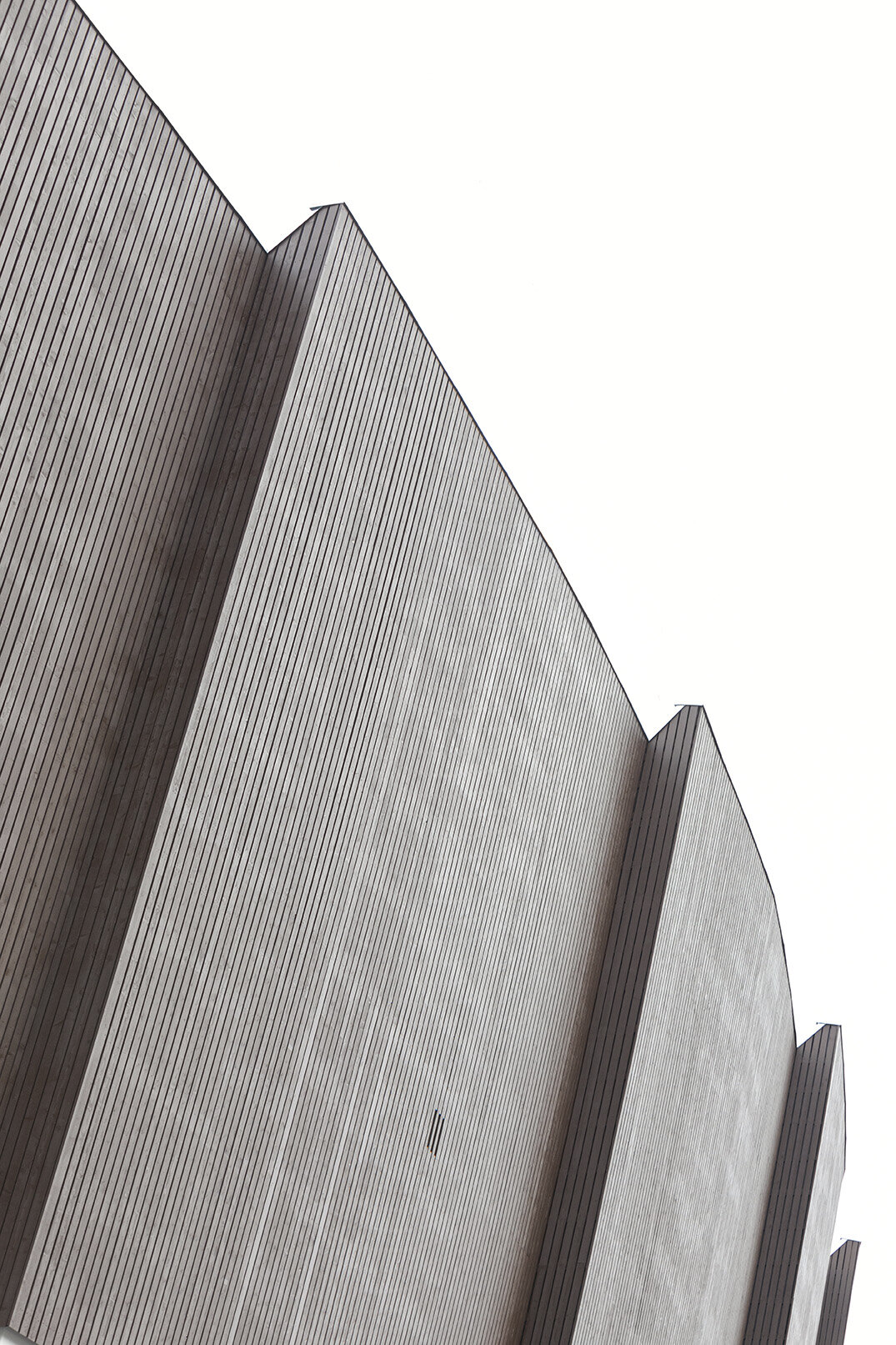
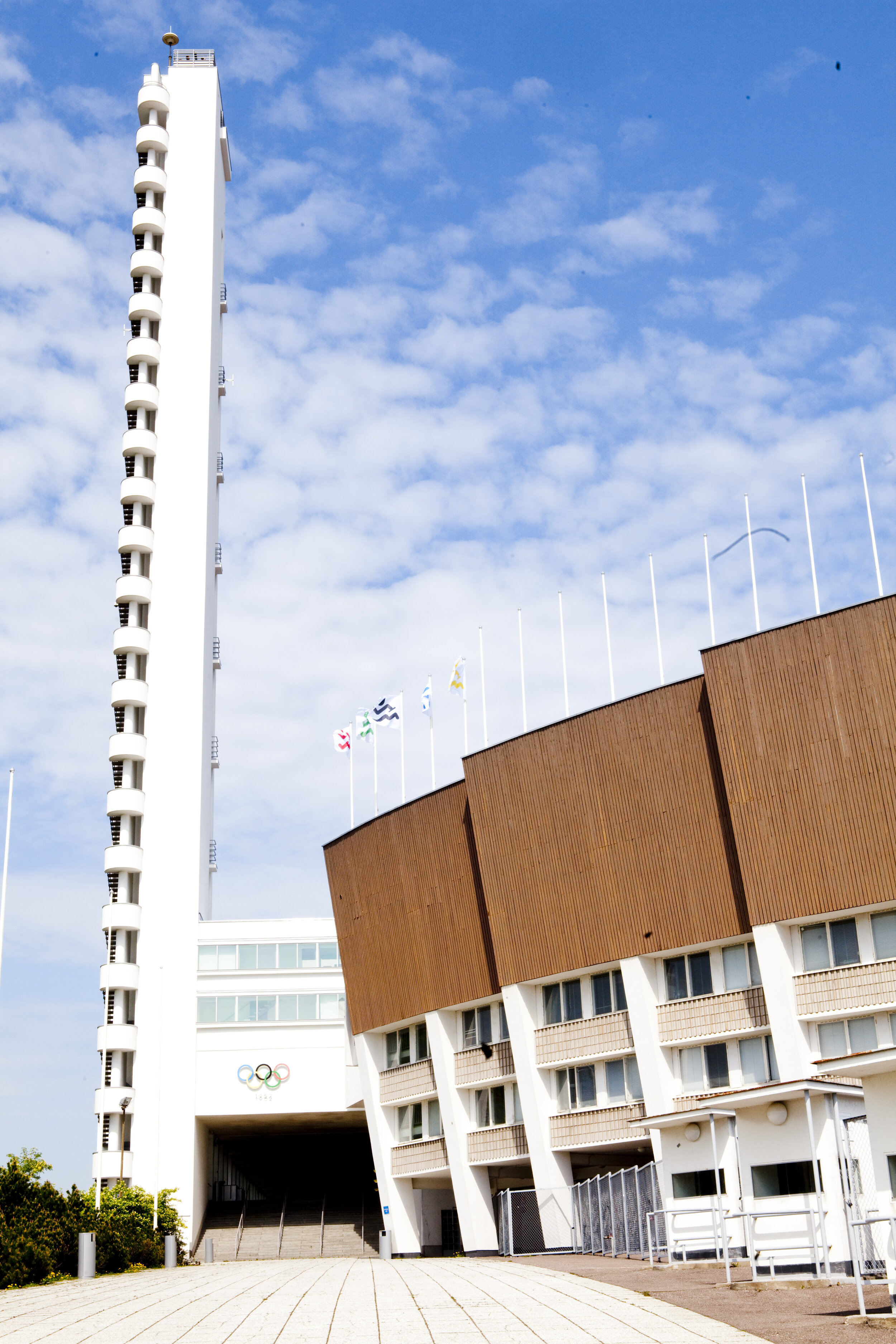
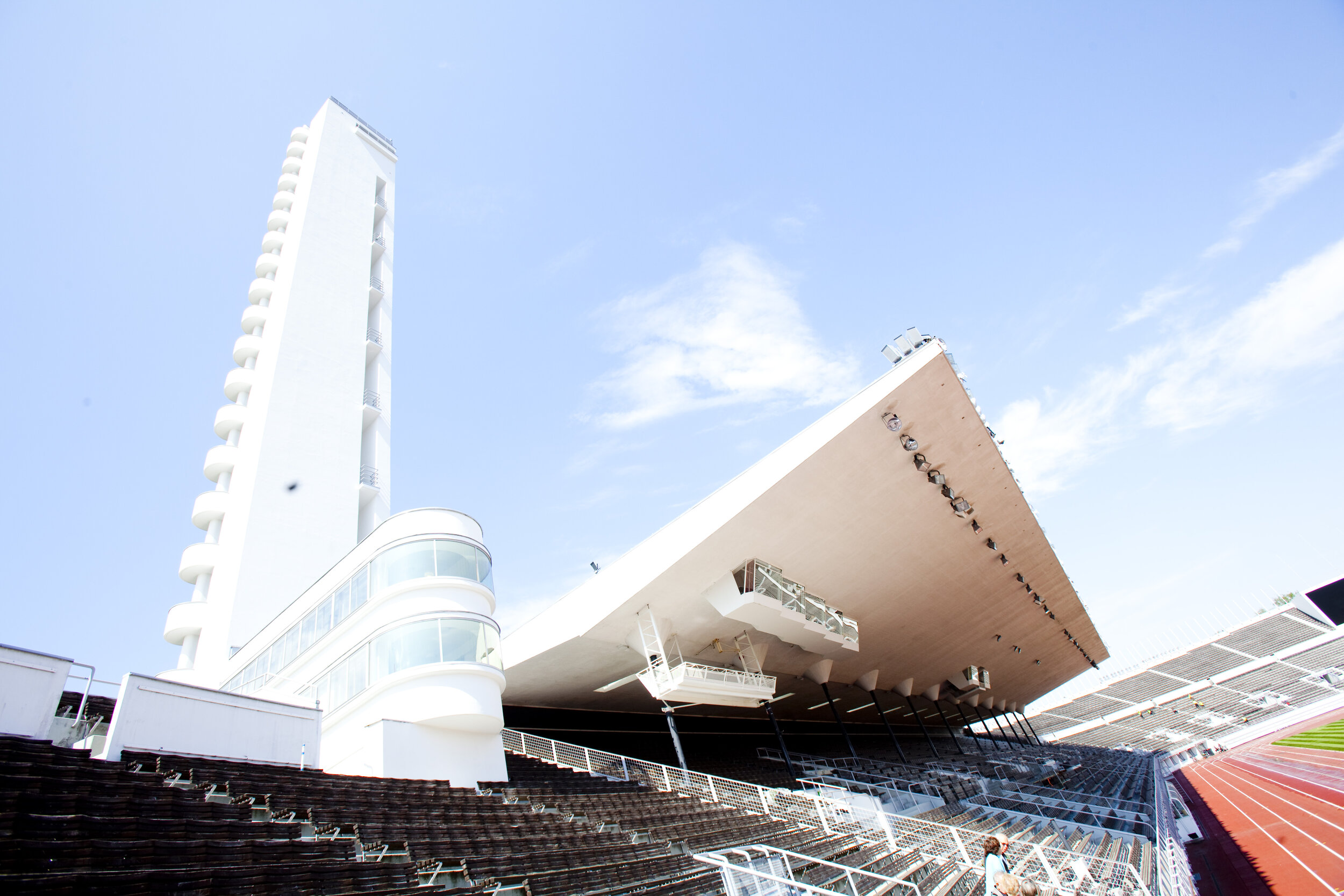
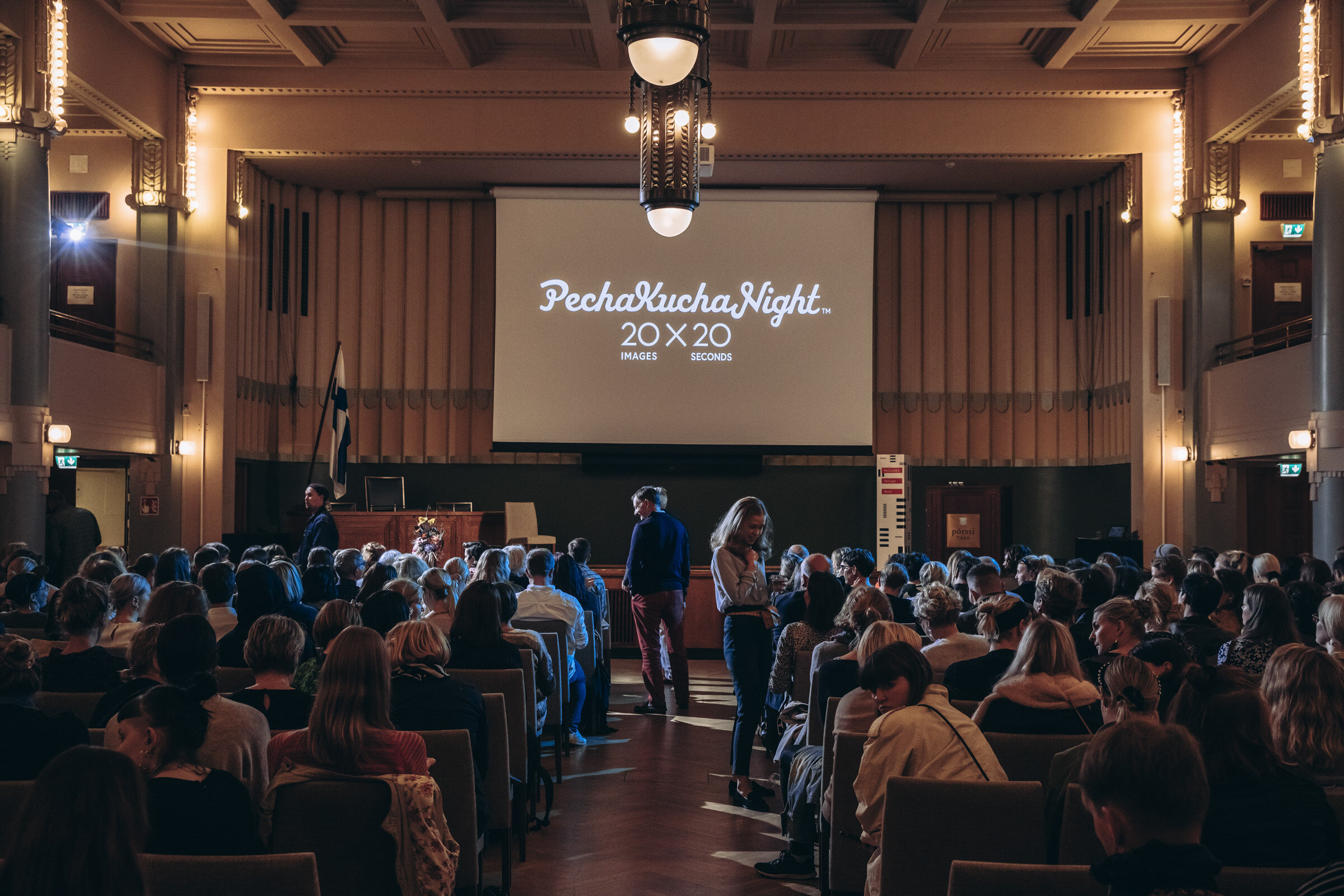
Helsinki Design Week’s programme for children develops an understanding of architecture and design.
Helsinki Design Week continues the festival tradition of a dedicated programme for children and families for the seventh consecutive year. A sports-themed Children’s Design Weekend 12–13 September takes place at the renovated and modernized Helsinki Olympic Stadium. Children’s Design Week at Annantalo 7–13 September focuses on design workshops. Schools familiarize learners with design through PechaKucha presentations with a toolkit produced by Helsinki Design Week.
“Our programme for children offers such activities for the whole family that makes architecture and design familiar to citizens from childhood onwards. Thus we guide them to observe their built environment with a critical eye,” says Helsinki Design Week Programme Director Anni Korkman.
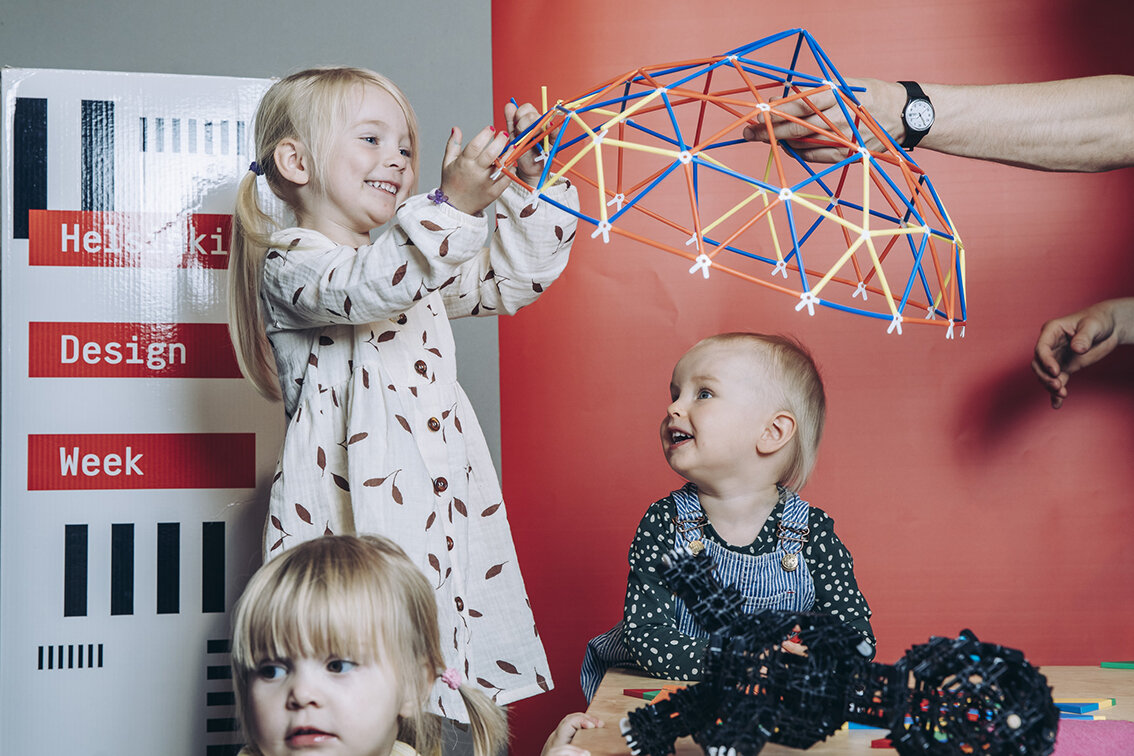
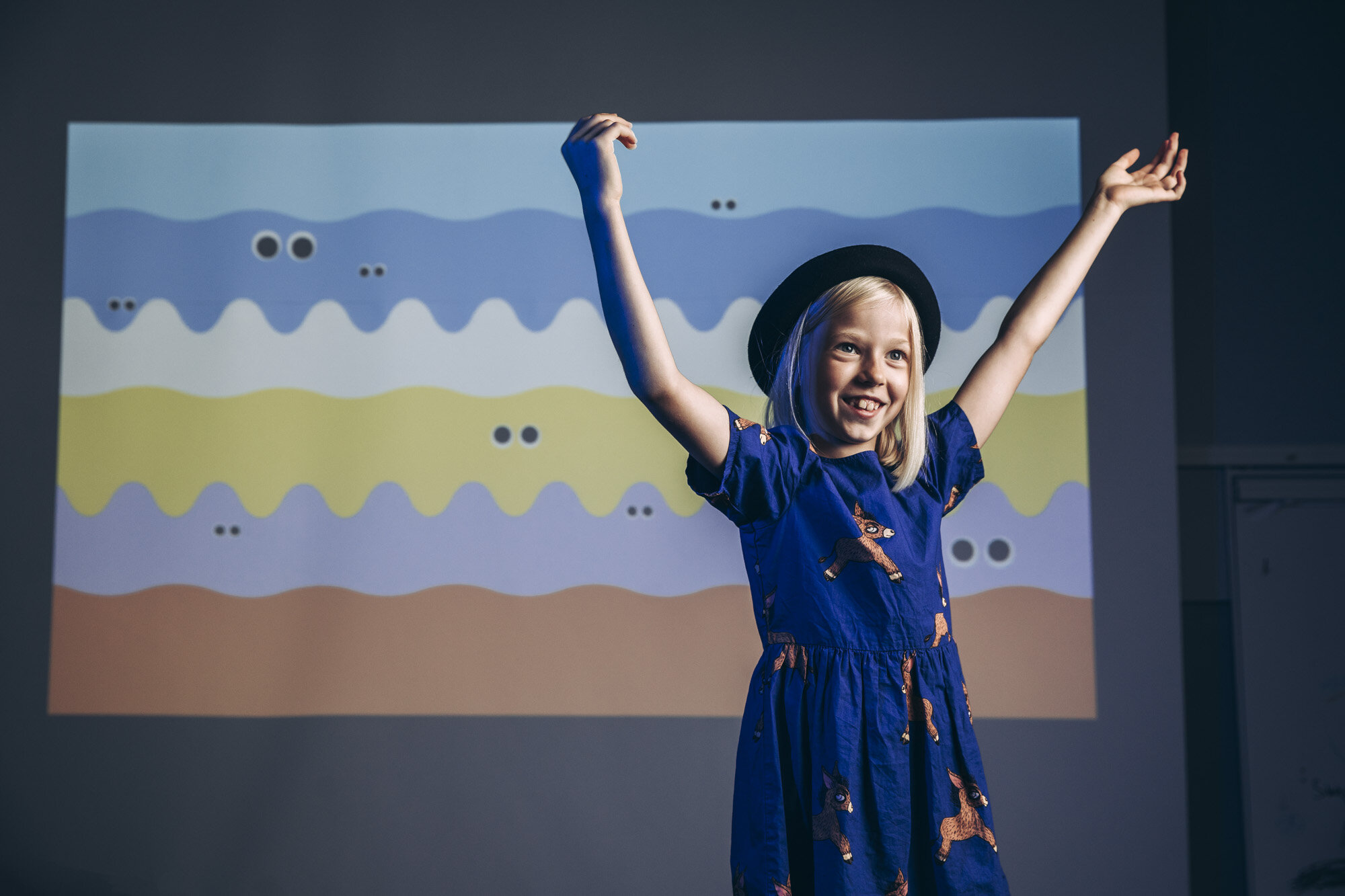
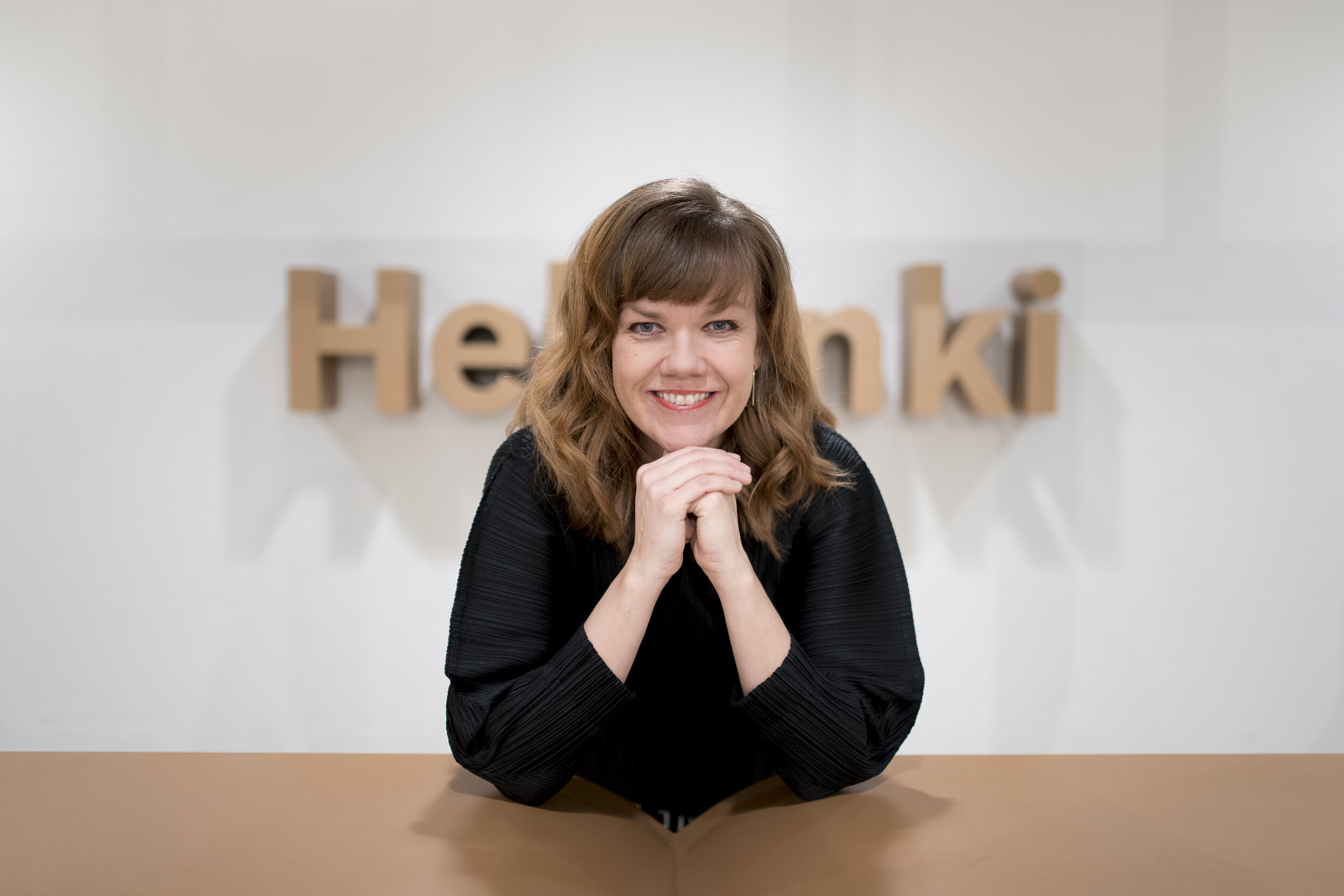
Helsinki Design Week (HDW) produces the children’s programme, as well as all other programme content, in partnership with external event organizers. All children’s events are free of charge.
Children are guests of honour at Olympic Stadium.
A part of Helsinki Design Week’s in-house production, HDW Children’s Design Weekend is held at the Helsinki Olympic Stadium on 12–13 September. The weekend features a route designed for children and built on the famous green of the Olympic Stadium. The route’s five playful sports sites combine sports and art, making design visible at the same time. Parents can join their children’s sports performances with instructions stored in QR codes. At the end of the route, children make their trophies and pose with them on the podium. The trophy materials are available on the Helsinki Design Week website so that the programme can be duplicated at home.
As a part of Helsinki Design Week’s COVID-19 safety guidelines, registration is required to attend this free event.
Workshops at Annantalo
Annantalo, the City of Helsinki arts centre for children, young people and families, celebrates Children’s Design Week 7–13 September with nature- and future-themed programme.
Workshops on the themes are held at Annantalo for groups from schools and daycare centres. For example, 5th graders can create art with soil materials at the Annantalo yard in a workshop that combines mythology, architecture, art and biosciences.
A forest installation has been erected at the Annantalo yard: trunks of trees from thinning forest operations have been used to create a playful space resembling a forest. Three exhibitions on display inside the arts centre focus on ecology, the environment and the bond between a mother and her baby.
Most of the workshops are held outdoors. Safety is ensured indoors with sufficient distances maintained between occupants. Some of the workshops require registration.
Children’s Design Week at Annantalo
PechaKucha at schools
Learners at Helsinki comprehensive schools follow a Culture Path from one grade to the next. The path includes suggestions for cultural contents for each grade, and every learner should make at least one cultural visit in a year.
“Culture Path ensures that every learner has an opportunity to be familiarized with various cultural contents and cultural operators during their basic education,” says Pedagogical Specialist Panu Hatanpää of the City of Helsinki Education Division.
“Familiarizing learners with culture through Culture Path visits is part of new creative learning at Helsinki schools, and it is closely linked to familiarizing learners with design and design thinking,” Hatanpää emphasizes and points out that design is included in Culture Path contents.
There are no visits by school groups to Helsinki Design Week events this year. Visits are replaced by a toolkit produced by Helsinki Design Week for organizing PechaKucha presentations, one of the Design Week’s essential programme items. PechaKucha is a form of storytelling, in which the presenter talks about a topic with 20 images, 20 seconds about each.
“PechaKucha is a good method for learners to practice making a presentation in front of an audience and to talk about topics of importance to them. For the audience, PechaKucha is a good method to practice listening,” Hatanpää says.
Helsinki Design Week’s PechaKucha toolkit is freely available to all. (Please note that the toolkit content is in Finnish only).
Design education in Helsinki
Design education is also in focus at Design Museum: A&DO Learning Centre for Architecture and Design organizes DesignLab: Mini Jam at the museum and online on 11 September. Talks by specialists and design-themed jamming shed light on future architecture and design learning and on the tone that public participation brings to urban design. The City of Helsinki supports the event.
“Helsinki has been a pioneer in architecture and design education for many years,” says Chief Design Officer Hanna Harris of the City of Helsinki. “We have several teachers and schools in Helsinki dedicated to the theme.”
For example, the Arabia Comprehensive School teaches design as part of creative problem solving that crosses subject boundaries, and the methods of design education are used in all subjects on grades 1–9. The Kruununhaka Comprehensive School for grades 7–9 offers a design track for local students.
“The City of Helsinki has joined forces with design organizations and projects to develop contents for architecture and design education for use by teachers, and we have participated in varied design collaborations. Our next step is to develop long-ranging activities within the City organization,” Harris asserts.“ I consider the following to be of very high importance: architecture and design education provides children and young people with means for creative problem solving and for the development of their identity. They learn to comprehend their neighbourhoods, to understand planning and various materials, and they obtain tools to participate in building our joint future.”
For more information, please visit: https://www.helsinkidesignweek.com/festival/
